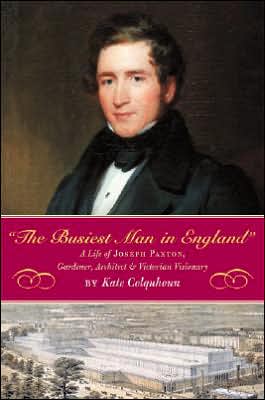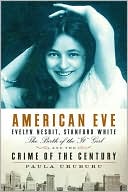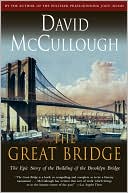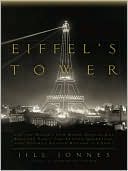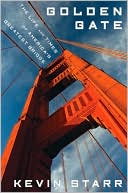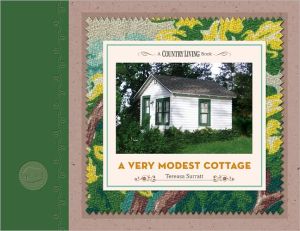The Busiest Man in England: The Life of Joseph Paxton, Victoria's Gardener
"Today one would be hard pressed to choose a "Pre-eminent Victorian," a perfect embodiment of the golden age of innovation and energy. But among the Victorians themselves, it was agreed that one figure towered above the rest. His name was Joseph Paxton (1803-1865), and he bestrode the worlds of horticulture, urban planning, and architecture like a colossus. This was the indispensable man, the self-taught polymath and can-do pragmatist who had a solution to every large-scale logistical...
Search in google:
"Today one would be hard pressed to choose a "Pre-eminent Victorian," a perfect embodiment of the golden age of innovation and energy. But among the Victorians themselves, it was agreed that one figure towered above the rest. His name was Joseph Paxton (1803-1865), and he bestrode the worlds of horticulture, urban planning, and architecture like a colossus. This was the indispensable man, the self-taught polymath and can-do pragmatist who had a solution to every large-scale logistical problem, the genius whom an impossibly overworked Charles Dickens dubbed "The Busiest Man in England."" "Rising quickly from humble beginnings, Paxton, at age twenty-three, became head gardener and architect at Chatsworth, the estate of the sixth Duke of Devonshire. Under Paxton's hands, Chatsworth was transformed into the greatest garden in England, a paradise of enormous and beautiful greenhouses, gravity-defying waterworks, and exotic botanical wonders. The world, even Queen Victoria herself, came to marvel: here was Britain's answer to the hanging gardens of Babylon. Paxton also edited standard-setting garden periodicals, helped found the London Daily News, and was a Liberal MP for Coventry. But it was his design for the Crystal Palace, home of the Great Exhibition of 1851, that secured his immortality. Applying what he had learned about constructing greenhouses to the problem of erecting a monumental but temporary public space, he created the architectural triumph of the era, a magnificent and unprecedented "fairy palace" of iron and glass. Built in eight months by a team of two thousand men, it was six times the size of St. Paul's Cathedral, enclosed a space of eighteen acres, and entertained six million visitors. In the wake of its spectacular success, Paxton was in constant demand to design parks and public buildings and to propose ways to ease congestion, pollution, and filth in London, then the world's most populous city." Drawing on personal papers and dozens of histori
